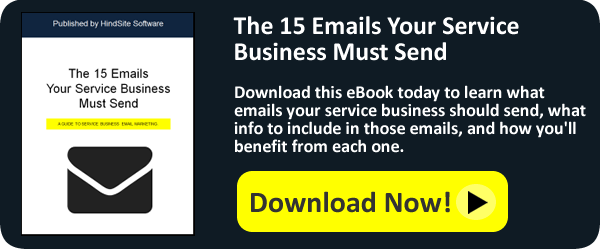By David Crary
No electricity, no phone service, no Internet connection, water damage, fire! Nobody wants this to happen, but unfortunately it does, so why not be prepared.
 If you have a disaster plan in place you ’re all set, and if you don’t, you could find yourself in big trouble. There’s no substitution for preparation. If you don’t have an emergency plan, it’s time you sat down and put one together.
If you have a disaster plan in place you ’re all set, and if you don’t, you could find yourself in big trouble. There’s no substitution for preparation. If you don’t have an emergency plan, it’s time you sat down and put one together.
Disasters can cause a small service business to temporarily or permanently close its doors. In fact, according to the Red Cross 40% of small businesses do not reopen after they’ve had a major disaster.
When a disaster hits there’s very little time to put a plan together and execute it. Try to consider what might be the key items that would keep your small service business from staying up and running. Once you figure that out, decide whom you might have to contact to get help in the event of a disaster. Knowing your options ahead of time will help you feel prepared, in case something unexpected happens.
The plan is to be able to create a strategy to survive a disaster and recover quickly. Being out of business for a few hours is not optimum. Imagine what it would be like to have to close for days, weeks or even months because you were not prepared.
A small service business has to be proactive. The time to create your plan is when your business is running smoothly, not when things are turbulent or when you’re dealing with other challenging issues.
Assess the risks and define the plans
We lost our Internet access for a day, which made us realize we needed a disaster plan. People rely on our field service software, and our Internet outage basically shut down our support for four hours. Disasters can have a serious impact on your small service business and your ability to work with your customers.
Below are some steps to consider when you’re creating a disaster plan for your service business:
- Communicate with your employees about your emergency plan
- Give your employees specific responsibilities if a disaster were to occur
- Put an emergency team of employees together to be in charge of contacting your customers
- Backup your computers and keep important data at an off site location on a flash drive, external hard drive or consider using the cloud
- If you aren’t using a field service CRM, get one, and back up your data.
- Create a manual with passwords and procedures critical to the business, held off site
- Keep copies of vital customer information, business finances and processes accessible off-site
- Important documents should be kept in a fire-proof safe at an off-site location
- Make a phone tree to contact employees and be sure everyone has a copy
- Plan ahead to find an office space that could be used temporarily or permanently after a disaster
- Make sure you have enough insurance coverage
- Purchase a generator in case the power goes out
- Be sure to test your plan to be certain you have all your bases covered
- Take digital photos of your offices, computers, artwork, and supplies. Store the photos you take at a location off-site, so they’re not destroyed
- Use your website, Facebook, text messaging and/or Twitter to communicate next steps with employees
- Update your plan annually
Test your plan
Practice safety drills so you and your employees know what to do in the event of an emergency.
Discuss the importance of being able to communicate with each other if a disaster strikes. When Sandy hit last year, we had a couple customers in the New York area that couldn’t get to their office. Fortunately they were able to access their HindSite backup remotely, so they could quickly communicate with their customers. This is essential.
Talk through possible scenarios that could take place and disrupt your ability to do business. You have a responsibility to your customers and to your employees to make sure you can keep your field service business running during a crisis.
One way to communicate with your customers in case of a disaster is by email. Want to know what other emails your business should be sending? Download our free eBook, The 15 Emails Your Service Business Must Send, to find out!








